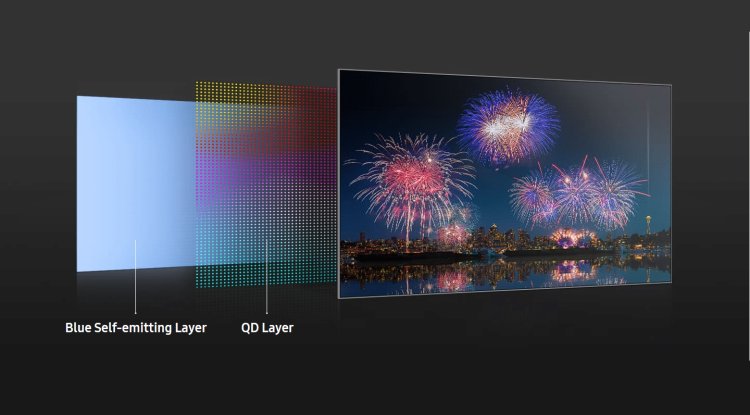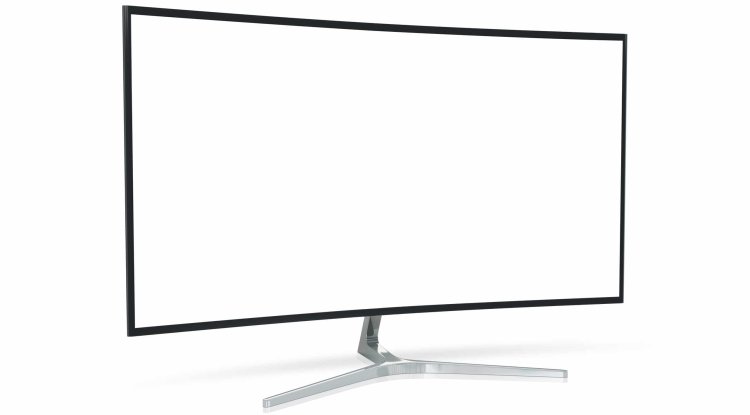What is QD-OLED? New TV experience?

QD-OLED could a new display technology that connects quantum dots with organic light-emitting diodes (OLEDs). It aims to produce better color accuracy than OLED screens, and its production costs significantly less. Currently, most quantum dot displays are available combination with the LED architecture, also called QD-LEDs, which makes their true potential difficult. In their QD-OLED format, quantum dot displays would overcome this shortcoming. this might allow vivid color reproduction and better peak brightness.
Back in 2019, Samsung Display announced that it had been developing a QD-OLED display. At CES 2022, Sony confirmed that the identical screen will finally be delivered within the new flagship Bravia QD-OLED TV, which is scheduled for later release. QD + OLED = the simplest of both worlds
Currently available QLED displays include a blue LED source of illumination that passes through quantum dots (QDs) to supply red and green light. Red, green and blue combine to make white light without losing brightness. Moreover, QDs also scatter light in multiple directions, so there’s no dimming when viewed from an angle.
QLEDs lack the contrast capabilities, present in OLED displays. How OLED can close up individual diodes to display rich blacks could be a big consider this. But at the identical time, OLED involves the transmission of just about white light through color filters that limit peak brightness and scatter light mostly in an exceedingly line. This explains the lower brightness and poor viewing angles in OLED screens compared to QLED screens.
The QD-OLED display combines these two technologies in order that they complement one another. So this manner you get an incredible range of colours, almost infinite contrast and outstanding viewing angles. QD-OLED or OLED: which is better?
When it involves displaying lighter colors, QD-OLED covers 93% of our spectrum and creates realistically accurate shades. Moreover, it retains a deeper black color and superior contrast of OLED screens.
The QD-OLED screen outperforms its rival in screen brightness, delivering up to 2,000 nits. OLED screens typically control screen brightness by up to 1000 nits.
New display technology is earlier than OLED in terms of viewing angles. this can be because of the increased diffusion of sunshine in QD-OLEDs, due to the employment of quantum dots rather than color filters (used in OLEDs) to emit different colors.
With a less expensive cost, of these plus points make QD-OLED the following big thing in display technology and an improvement over OLED.
See how Samsung introduced QD-OLED here.





































